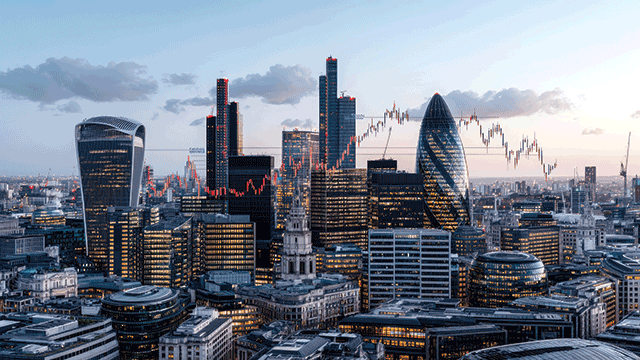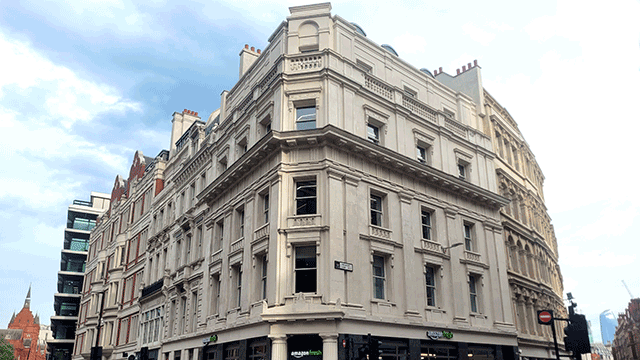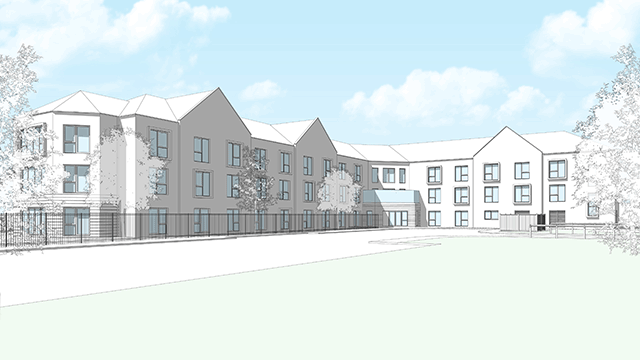As the pandemic recedes and the government lifts restrictions, a return to the office is beckoning. For many, tired of groundhog day at home, this transition has already begun – but the wave of workers jumping on morning trains, coffee in hand, remains modest. Over the coming weeks and months, however, this will surely intensify. What will the landscape of the return to the office look like? How will it affect business?
We have read the bold statements from CEOs about a shift to a new hybrid mode of working, one that embraces a mix of the home and the office, allowing people greater flexibility. The good thing about the grand working from home experiment – perhaps the only reason it worked at all – is that we were all in exactly the same boat. There was no concern that your colleague was cosying up to your boss in the office while you were at home on the sofa, and no concern that your competitors were out wining and dining your clients while your voice kept cutting out over a bad internet connection. It was a level playing field precisely because we had no choice in where we were able to work.
Working it out
So, if a new hybrid mode of working is indeed on the horizon, what will this flexibility look like? Let people decide for themselves where they work each day? Surely an organisational nightmare. Insist people come to the office part of the week, say for three days? Better, but only if everyone comes in on the same days. So which days? Can’t work from home on Friday or it will gradually become the unofficial day off. OK, so how about we make Monday and Tuesday WFH days and the rest of the week we all come to the office? Sounds promising, but hang on – what if our clients do the reverse and make Monday and Tuesday office days?
With the potential for chaos seemingly huge, the faith CEOs are placing in this new model is curious. Perhaps it’s all just a bluff. Perhaps, in reality, they are all in fact banking on a race back to the pre-pandemic status quo. For some the idea of an impending race back to the office will be welcome news. To others it will be met with trepidation. In a survey by CIPD, the professional body for HR and people development, 44% of employees agreed they felt anxious about returning to their workplace because of Covid-19 and 31% were anxious about commuting to work, which rose to 52% if they were based in London.
But for those in the latter category, it doesn’t all have to be doom and gloom. In the real estate industry, we have seen a big shift over recent years towards offices that embrace and promote the wellbeing of their occupiers. In fact, developers are now putting this right at the top of their list of priorities. Companies increasingly recognise that the value of their office space is not a place for desk work, but as a place to foster collaboration and creative thinking, and to develop company culture. Pre-pandemic, companies were looking to a good office as a weapon in the war for talent. Post-pandemic this will remain the case, but the office will have to work even harder now that people are accustomed to some of the comforts of home. The office must become a perk of employment more than a location of employment. Each company will have to decide how best to achieve this based on their culture and practices, whether it’s a greater emphasis on informal working areas, better ventilation, a gym, better cycle and shower facilities, or simply a better location, but what it surely can’t be is a return to the same old status quo.
Left without a chair
What might hold this up, however, is the sheer number of office developments that have been put on hold during the pandemic. According to a Deloitte Crane Survey in summer 2020, 60% of construction was paused as a result of Covid-19 and almost half of developers were planning to reduce their pipelines over the subsequent six months. But there is a silver lining. Developers now seem to be responding, with new office starts up by 20% to 3.1m sq ft, according to the most recent Crane Survey, which is above the long-term average.
While we wait for this much-needed modern office space, there has been a 50% year-on-year increase in second-hand offices available in central London over the past 12 months. But this space will likely be less appealing to occupiers looking for post-pandemic environments for their workers. The onus will therefore be on landlords and developers to refurbish these buildings to the highest standard possible, or risk companies being forced to adjust to hybrid working that includes less and less office space.
So, companies looking for an upgrade now best be quick about it, or risk being left without a chair.
Alex Morgan is founder of Configure











